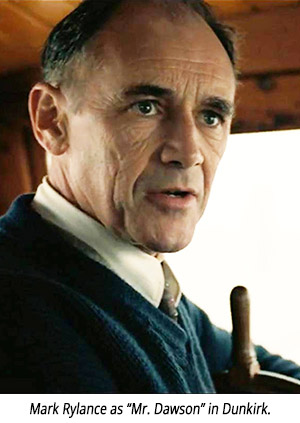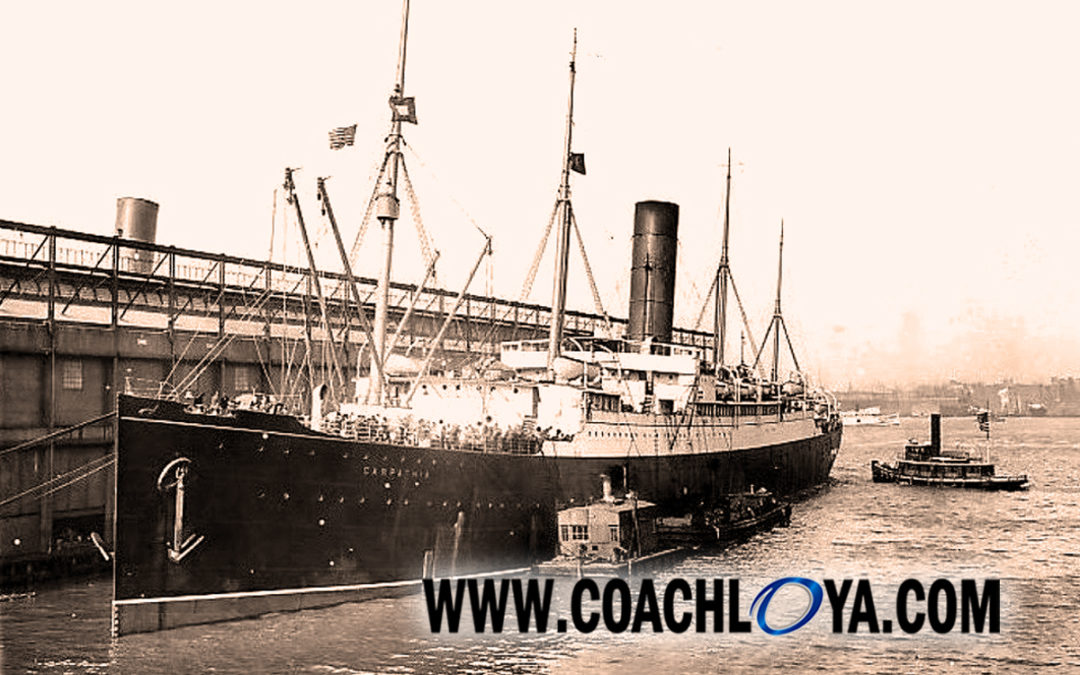On April 18, 1912, Captain Arthur Roston guided the RMS Carpathia into the New York City Harbor. Aboard his ship were the 705 passengers he and his crew had rescued from the RMS Titanic three days prior.
Roston had already retired to his cabin when the Carpathia’s wireless operator woke him with news of the Titanic’s distress call. Upon learning about the Titanic’s predicament, Roston immediately rerouted his ship to assist the sinking ocean liner.
The Carpathia’s prompt and heroic response that fateful night are indicative of how good teammates accept two inherent elements that accompany responding to a distress call: sacrifice and risk.
Sacrifice
Assisting a teammate in distress requires sacrifice on your part. Surrendering comfort and convenience can be expected.
The Carpathia was 58 miles away from the Titanic when it received the distress call. Roston ordered the heating, hot water, and electricity to all cabins and common areas shut off to increase his ship’s top speed.
This measure left Carpathia’s passengers to contend with the North Atlantic’s frigid temperatures and a rougher ride, but it allowed the steam vessel to increase its maximum speed from 14 knots to what was at the time an amazing 18 knots—expediting the Carpathia’s arrival by an hour.
Additionally, Carpathia’s passengers and crew sacrificed sleep to ready the ship for the survivors. They gave up their staterooms, shared clothes and blankets, and helped convert the ship’s dining halls into makeshift hospitals.
Risk
Assisting a teammate in distress involves the assumption of risk. You could get hurt physically, emotionally, and/or socially.
The Carpathia reported passing six large icebergs on its way to the Titanic. Traveling at an accelerated speed, without radar, in the dark, in treacherous waters could have also resulted in tragedy for Roston’s ship.
By insisting on bringing aboard every Titanic survivor they could find, the considerably smaller Carpathia doubled its passenger count. Space limitations forced the Carpathia to abandon seven lifeboats at the wreckage site, which left the ship with too few lifeboats to accommodate all its passengers in the event of an emergency—the exact problem the Titanic encountered.
No one ever knows the extent of the good that can come from responding to a distress call.
Twenty-eight years after the Carpathia responded to the Titanic’s call, the German army had trapped nearly 400,000 British troops in the French port city of Dunkirk. The port’s shallow waters prevented larger British destroyers from approaching the Dunkirk beaches.
 Aware that his troops would be annihilated if not quickly evacuated, British Prime Minister Winston Churchill issued a distress call of his own, asking for privately-owned small boats and yachts to help ferry Dunkirk soldiers back across the English Channel.
Aware that his troops would be annihilated if not quickly evacuated, British Prime Minister Winston Churchill issued a distress call of his own, asking for privately-owned small boats and yachts to help ferry Dunkirk soldiers back across the English Channel.
Charles Lightoller, a 66-year-old retiree, was among the civilian boat owners who responded to Churchill’s plea. Lightoller’s response inspired others to respond. He’s considered by many historians to be among the operation’s biggest heroes.
Mark Rylance’s character in the film Dunkirk was based on Lightoller—who happened to be the final Titanic survivor pulled aboard the Carpathia.
The next time you receive a distress call, think about the connection between the Titanic and the event that Churchill would come to refer to as the “Miracle of Dunkirk.” How you respond today could influence the miracles of tomorrow.
As always…Good teammates care. Good teammates share. Good teammates listen. Go be a good teammate.





